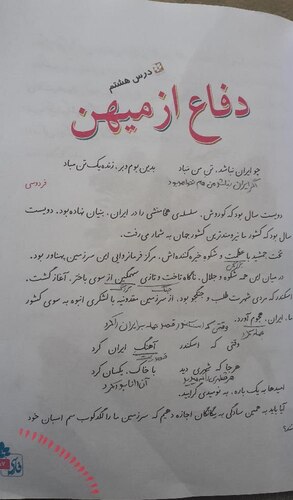From Nietzsche's point of view, power produces Ma'rifah (knowledge), therefore, knowledge serves power. Iranian Ma'rifah, if it can be called Ma'rifah, is the product of the thought and mind of the dominant nation that takes its own narrative of all aspects of life through power, especially history, religion, art, and literature in education to inside non-Persian children. It uses the education system as a tool or Foucault's “technology of power” to shape an Iranian citizen; this Iranian citizen is a Persian-speaking citizen who revolves around a Persian worldview, has completely Persian feelings, and considers the interests of the Persian nation as his own.
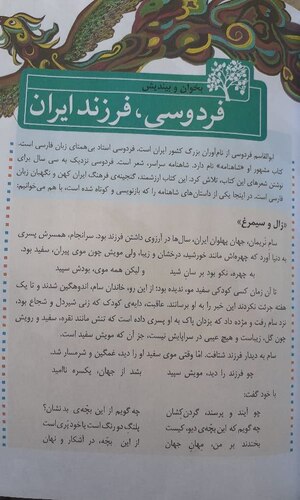
Michael Bellic says, “The main condition for the imposition of national hegemony is often the imposition of language hegemony”. In language hegemony, not only speech changes but also the thinking, mind, soul, and worldview of the individual. In a long-term project, the subjugated nation surrenders to the will of the dominant nation and forgets its entire historical background. For example, in the sentence “My brother is a soldier and shoots at the border”, it is not only the language that changes, but also the child's passion and image of the concept of border and killing, and the border becomes a reality the child believes it. This sentence and this education are actually a psychological war that begins in the first grade of primary school to change the meaning of the border from a Kurdish mentality to a Persian mentality. Because none of the borders of fake Iran are based on geographical-historical reality and the phobia of a border change is a constant fear of the dominant nation. It must prevent changes in borders by dominating and changing the minds and backgrounds of children, or in other words, a Kurd must think Persian about the concept of borders.
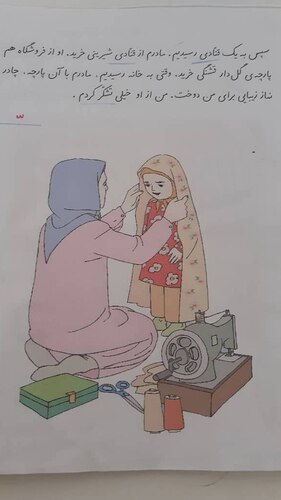
In Iranian political mentality, the border is not only an obligatory line to separate the borders of two countries but also an ideology to retreat and reduce the non-Persian border and impose Persian worldviews and narratives on the non-Persian. The use of this term has been used against the Kurds since the time of Cyrus the Persians. Regarding the meaning and purpose behind the use of borders, we show you a few lines from Dr. Hersh Qaderi's book.
Qaderi says: “Cyrus is great and sacred among the Persians because he took sovereignty from the Medes and gave it to the Persians... The name of the Medes was changed to the Border Residents and Border Guard. Unlike Persians, every border resident must pay a tribute. No border residents have been recorded in history except the Medes."
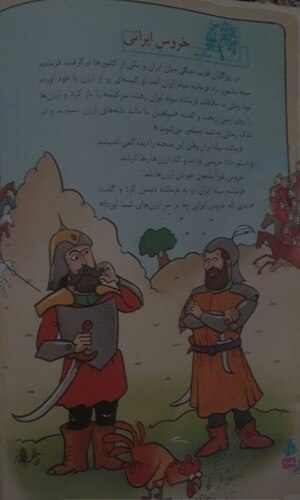
Considering the historical evidence cited by Dr. Qaderi, it becomes clear that the concept of the border in Iranian political mentality is not just the name of a simple line, but a colonial tendency and a Persian ideology to enslave, subjugate, and continuously marginalize the Kurds. It is a colonial plan to keep the Kurds as taxpayers to Persians. If we see that the border is being taken into the soul of the child in the first grade of primary school and mixed with weapons and bullets, it only indicates that this border resident is a red line and that the Kurdish taxpayer position must be maintained. Kurdistan is in a colonial situation that is constantly paying taxes to Persians and this situation is one of the main reasons for the continuity of the relationship between the dominant and the colonial situation and the weakness of Kurds and Kurdistan.
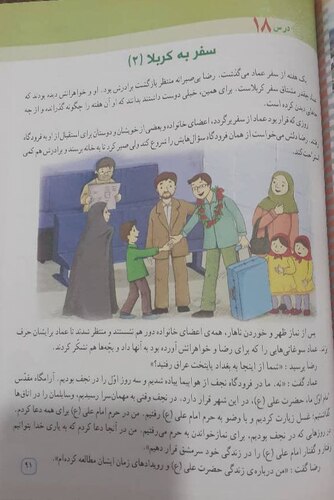
Dr. Kamal Sulaimani and Davood Osmanzadeh have discussed the contents of their books in a detailed study. According to this study, “textbooks in the Islamic Republic of Iran link Persian to national security and national protection”. That is why the books are full of the love of the Persian language, culture, art, and symbols of the dominant nation. He continues, “The education system of the Islamic Republic of Iran considers being Iranian to be Persian. The Iranian education system considers everyone's being Persian to be clear, obvious, and documented because its basic goal is to create a completely Persian social reality. A Persian tells his story as the story of you and me. My story begins with the story of Iran, my beloved country and its history.”
Dr. Sulaimani added, “In the Iranian education system, the culture of bilingual learners themselves becomes subordinate to the other culture. The stories of the ruling ethno-nation that reflect cultural, religious, and other common values constitute the history of a desired nation. And this tells us how power exploits the dual game of sovereignty that determines the nature of the desire for commitment as well as the morality of society and thereby justifies the marginalization of the other side.”
Also, when you see an ugly and uncivilized characteristic such as adultery, bloodshed, crime, etc. in the texts and pictures of books, it is never presented in the form of a Persian character, but in the form of an Arab, Kurd, or anyone but not a Persian.
In a story known as The Story of the Iranian Rooster, which refers to wartime propaganda, he instills in children the idea of threatening their enemies and learning to fight back in the third grade.
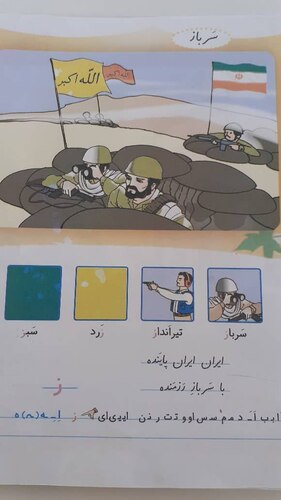
In general, when you look closely at the contents of the books, these subjects make up most of the contents of the books except for a colonial desire to erase Kurdish identity and shape the mind and personality of the Kurdish individual has no value of mental, scientific, and active question in it to grew a creative, efficient, and skilled person:
First, the history of Iran and Iranian myths and legends means the Persians. The entire lessons of the books are full of fictional stories of the Persian nation and the Persian language.
Second, the Islamic story, going to the Hajj and Karbala, as well as the image of Khomeini as a spiritual father and a heavenly figure who kisses children or hugs children, etc.
Third, all the pages of the books are covered with pictures of Khomeini, Khamenei, the Iran flag, the map of Iran, and pictures of four- or five-year-old girls praying and wearing Hijab.
Fourth, Islamic ethics and action, mourning performances, etc., which stem from Iranian Shiism.
Fifth, Persian language, literature, art, and culture.
Sixth, Love of the country and sacrifice to protect Iran, as well as a continuous display of soldiers, guns, and battlefields to protect Iran.
Seventh, the deliberate and planned marginalization of non-Persian ethnic groups and their presentation as a part of the Iranian or Persian nation as a whole.
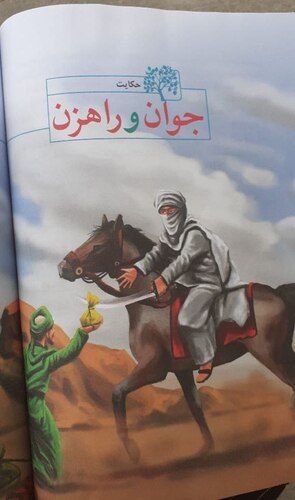
If we want to summarize the article in a few lines, we mention Dr. Sulaimani's rich article where he says: “In general, the goal of national education is to transform a neutral child in schools into a desirable national subject by putting these children in a place where the language, literature, and official history of a nation that has been claimed to be official are taught in all kinds of ways. The task of public schools is to shape the national identity of the state among the youth through the introduction of national heroes and the unconscious and imposed commemoration of national events.
